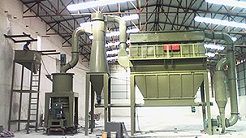مطحنة مسحوق الزجاج
مصدر: clirik By Administrator نشر: 2023-03-01
مطحنة مسحوق الزجاج هي آلة طحن الزجاج إلى مسحوق ناعم. يمكن استخدام هذا المسحوق في العديد من التطبيقات ، مثل إنتاج السيراميك والأسمنت والمواد الأخرى.
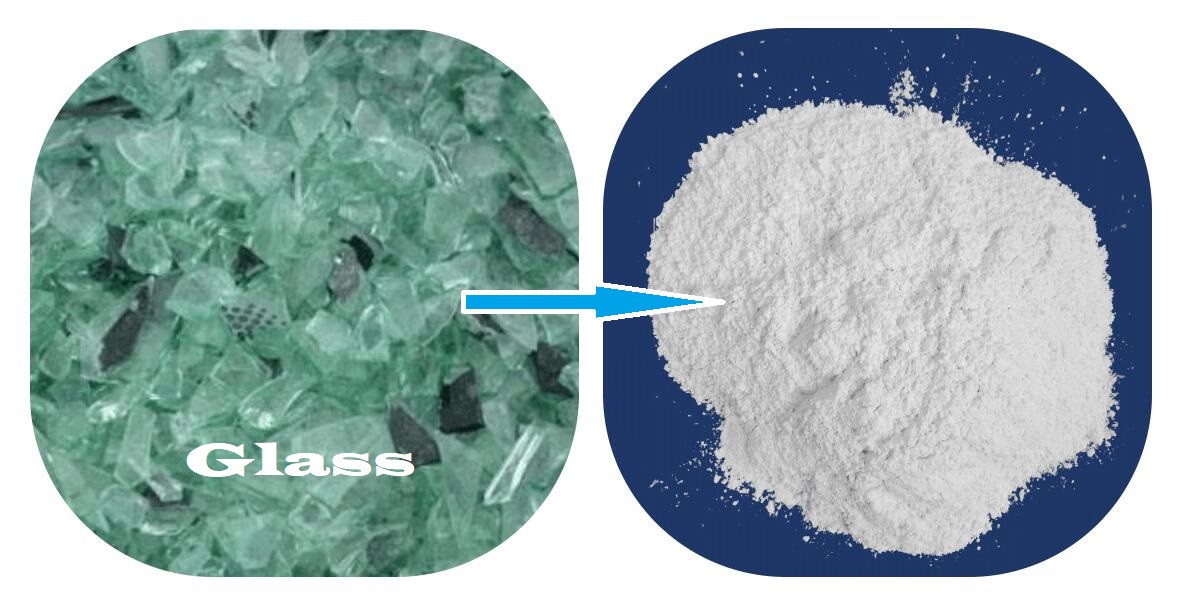
تتكون مطحنة مسحوق الزجاج عادةً من أسطوانة أو أسطوانة دوارة تحتوي على شظايا أو شظايا زجاجية ، والتي يتم طحنها بعد ذلك بتأثير كرات الصلب أو وسائط الطحن الأخرى.
استخدامات مسحوق الزجاج
Glass powder mills can be found in a variety of settings, including manufacturing plants, research laboratories, and recycling centers. They are used to process a wide range of glass types, including borosilicate, soda-lime, and other specialty glasses. The resulting powder can be used in a variety of applications, such as additive manufacturing, coatings, and composites.
In addition to the applications mentioned earlier, glass powder can also be used in the production of glass ceramics, which are materials with both glass and crystalline properties. Glass ceramics can be produced by heating glass powder to a temperature below its melting point, causing it to crystallize into a composite material.
Glass powder can also be used as a filler material in composites, where it can provide unique properties such as transparency, high surface area, and low thermal expansion. Glass powder can also be added to cement to enhance its mechanical and chemical properties, and to reduce its environmental impact.
Another application of glass powder is in the production of insulating materials. Glass powder can be used as a raw material in the production of glass wool, which is used for insulation in buildings, vehicles, and appliances. The powder can also be used to produce foam glass, a highly insulating material used in the construction industry.
Finally, glass powder can also be used in additive manufacturing, where it can be used as a feedstock material for 3D printing. The powder is typically mixed with a binder material and then printed in layers to produce a three-dimensional object.
Overall, glass powder mills play an important role in the production of a variety of materials and products. They provide a way to recycle glass waste and produce new materials with unique properties and applications.
Glass powder process
تتضمن عملية طحن الزجاج إلى مسحوق عدة خطوات ، بما في ذلك التكسير والطحن والنخل . يتم سحق شظايا أو شظايا الزجاج أولاً إلى قطع أصغر ثم طحنها إلى مسحوق ناعم باستخدام مطحنة. ثم يتم غربلة المسحوق لإزالة أي جزيئات أكبر قد تكون قد تم إنتاجها أثناء عملية الطحن.
عادة ما تتضمن عملية إنتاج مسحوق الزجاج عدة خطوات ، والتي يمكن أن تختلف حسب الحجم المطلوب وخصائص المسحوق. فيما يلي نظرة عامة على العملية:
1. الجمع والفرز: تتمثل الخطوة الأولى في جمع النفايات الزجاجية وفرزها. يمكن الحصول على الزجاج من مصادر مختلفة مثل الزجاجات المكسورة والنوافذ والمنتجات الزجاجية الأخرى.
2. التكسير: يتم تكسير نفايات الزجاج بعد ذلك إلى قطع صغيرة باستخدام كسارة. عادة ما يشار إلى الزجاج المكسر باسم كسارة الزجاج.
3. الطحن: يتم طحن كسارة الزجاج بعد ذلك إلى مسحوق ناعم باستخدام مطحنة. تتم عملية الطحن عادةً باستخدام طاحونة كروية ، والتي تطحن المادة عن طريق قلبها بكرات فولاذية.
4. النخل: يمكن نخل المسحوق الناتج لإزالة أي جزيئات كبيرة وللتأكد من أن المسحوق بحجم موحد.
5. التجفيف: يمكن تجفيف مسحوق الزجاج لإزالة أي رطوبة ولتحسين خصائص التدفق. يمكن القيام بذلك باستخدام فرن التجفيف أو بتعريض المسحوق للهواء الساخن.
6. المعالجة السطحية: اعتمادًا على الاستخدام المقصود لمسحوق الزجاج ، قد يخضع لمعالجة السطح لتعديل خصائصه. على سبيل المثال ، يمكن طلاء سطح مسحوق الزجاج بطبقة من المواد لتحسين التصاقه بالمواد الأخرى.
7. التغليف: يتم بعد ذلك تعبئة المسحوق الزجاجي وشحنه لاستخدامه في تطبيقات مختلفة.
بشكل عام ، تتضمن عملية إنتاج مسحوق الزجاج عدة خطوات مصممة لإنتاج مسحوق موحد وعالي الجودة يمكن استخدامه في مجموعة متنوعة من التطبيقات.
ما أنواع مصانع الزجاج الموجودة؟
هناك عدة أنواع من المطاحن التي يمكن استخدامها لطحن الزجاج إلى مسحوق ، ولكل منها مزاياها وعيوبها. فيما يلي بعض الأنواع الأكثر شيوعًا لمصانع الزجاج:
1. المطاحن الكروية: المطاحن الكروية هي أكثر أنواع المطاحن شيوعًا المستخدمة في طحن الزجاج. إنها تتكون من أسطوانة دوارة مملوءة بكرات فولاذية ، والتي تطحن الزجاج إلى مسحوق ناعم.
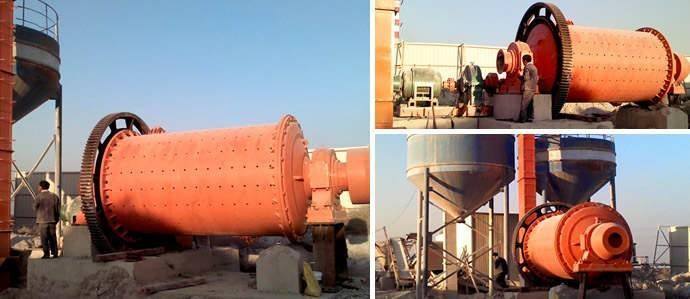
يمكن أن تنتج المطاحن الكروية مسحوق زجاج بدقة تصل إلى عدة ميكرونات. يعتمد مردود العملية على كمية الزجاج المطحون ووقت الطحن. عادةً ما يكون إنتاج المطاحن الكروية حوالي 90-95٪.
2. Raymond Mills : يمكن لمطحنة Raymond معالجة 50-400 من مسحوق الزجاج الشبكي. تستخدم مطحنة ريموند على نطاق واسع في معالجة طحن المواد المعدنية في علم المعادن ومواد البناء والصناعات الكيماوية والتعدين وغيرها من المجالات. إنها مناسبة لمعالجة العديد من المعادن غير القابلة للاشتعال والمتفجرة مع صلابة موس أقل من سبعة ورطوبة أقل من 6٪.
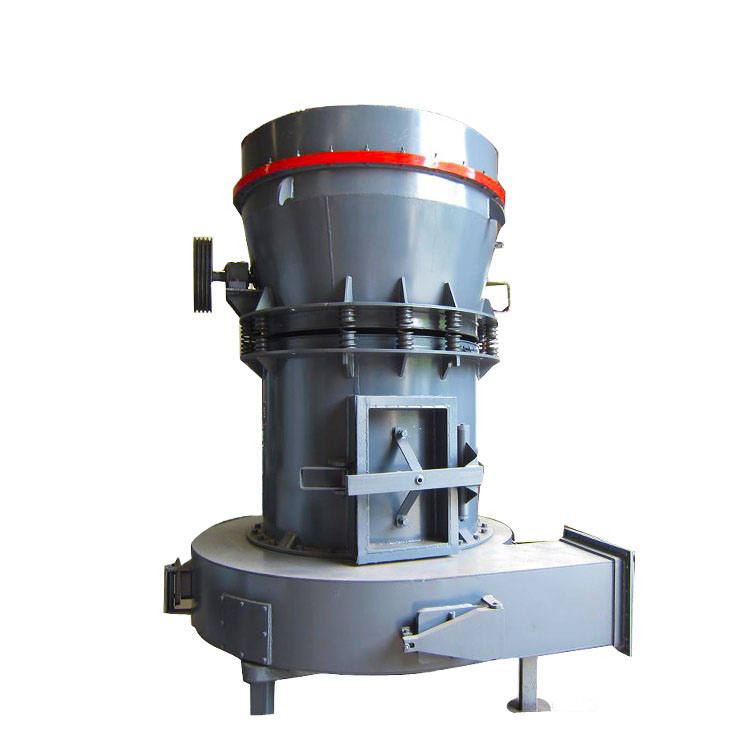
3. Ultrafine Mills: Ultrafine mill also named ring roller mill, can process 150-3000 mesh glass powder. The ring roller mill uses the principles of impact, extrusion, and grinding to crush materials.
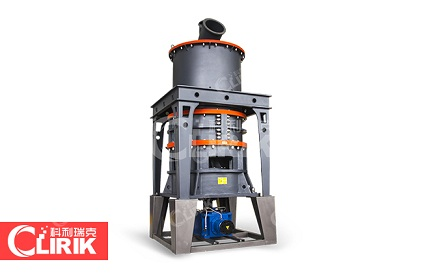
4. Jet Mills: Jet mills use high-pressure gas jets to grind the glass into a fine powder. This type of mill is especially useful for producing ultrafine particles.
Jet mills can produce ultrafine glass powder with a fineness of less than one micron. The yield of the process depends on the gas pressure and the grinding time. Typically, jet mills have a yield of around 95-99%.
5. Hammer Mills: Hammer mills use rotating hammers to grind the glass into a powder. This type of mill is typically used for coarse grinding applications.
Hammer mills can produce glass powder with a fineness of up to several microns. The yield of the process depends on the amount of glass being ground and the grinding time. Typically, hammer mills have a yield of around 80-90%.
6. Vibratory Mills: Vibratory mills use a vibrating motion to grind the glass into a powder. This type of mill is particularly useful for grinding brittle materials, as the vibratory motion can help to reduce the risk of fracturing.
Vibratory mills can produce glass powder with a fineness of up to several microns. The yield of the process depends on the amplitude and frequency of the vibration and the grinding time. Typically, vibratory mills have a yield of around 80-90%.
7. Attrition Mills: Attrition mills use a rotating drum to grind the glass into a powder. This type of mill is particularly useful for producing fine particles with a narrow size distribution.
Attrition mills can produce glass powder with a fineness of up to several microns. The yield of the process depends on the amount of glass being ground and the grinding time. Typically, attrition mills have a yield of around 90-95%.
The choice of mill type depends on various factors, such as the desired particle size and the properties of the glass being ground. Each type of mill has its own advantages and disadvantages, and the selection of a specific mill type depends on the specific application and requirements of the process.
تعتمد صفاء وعائد مسحوق الزجاج الذي تنتجه المطحنة على عدة عوامل ، بما في ذلك نوع المطحنة المستخدمة ووقت الطحن وخصائص الزجاج المطحون. فيما يلي بعض الإرشادات العامة حول درجة نعومة وإنتاجية مسحوق الزجاج الذي تنتجه أنواع مختلفة من المطاحن:
من المهم ملاحظة أن صفاء وإنتاج مسحوق الزجاج يمكن أن يختلف اعتمادًا على الخصائص المحددة للزجاج المطحون ، بالإضافة إلى ظروف التشغيل المحددة للمصنع.




